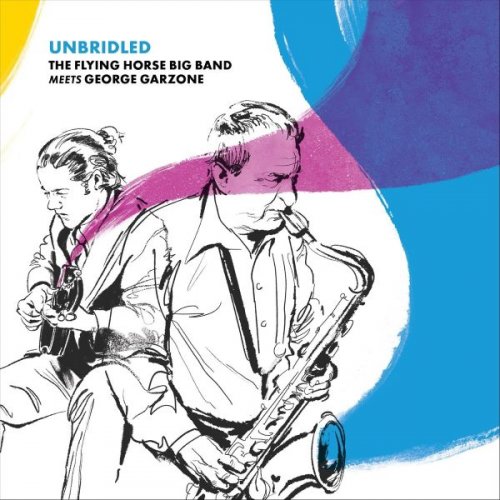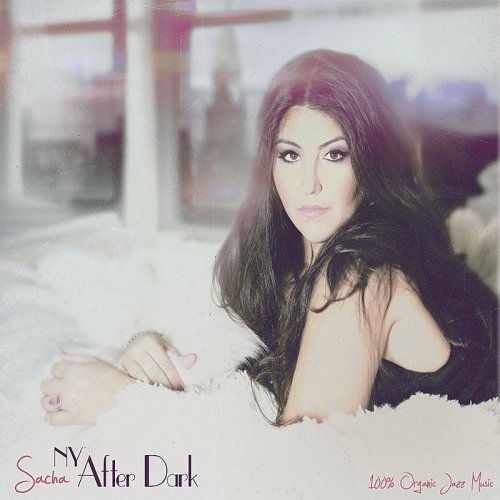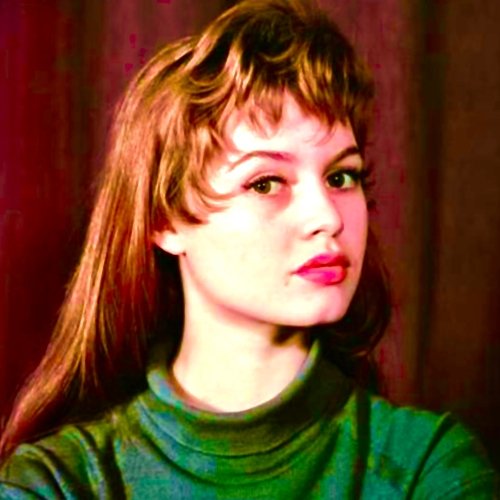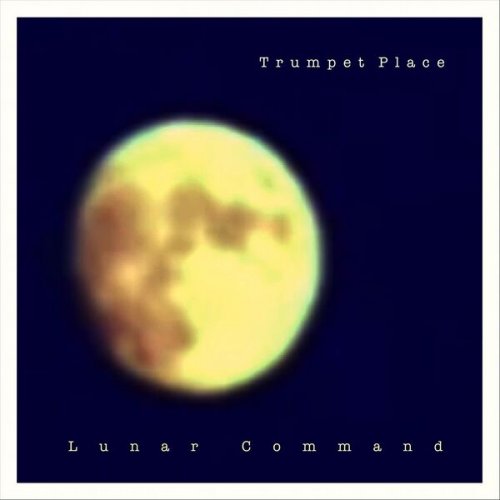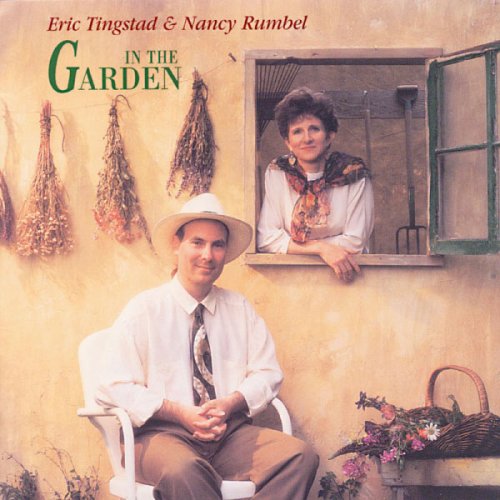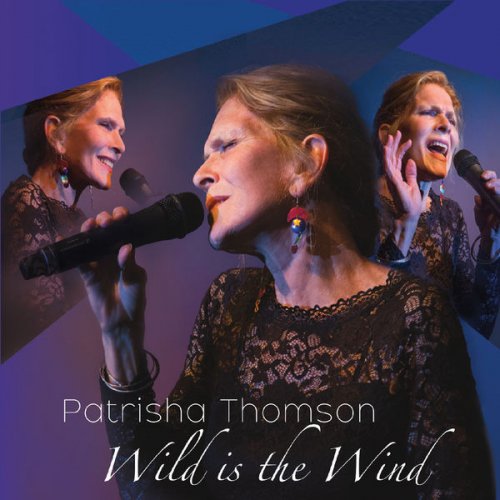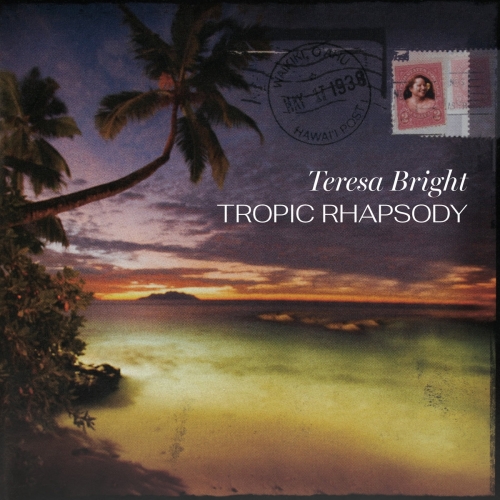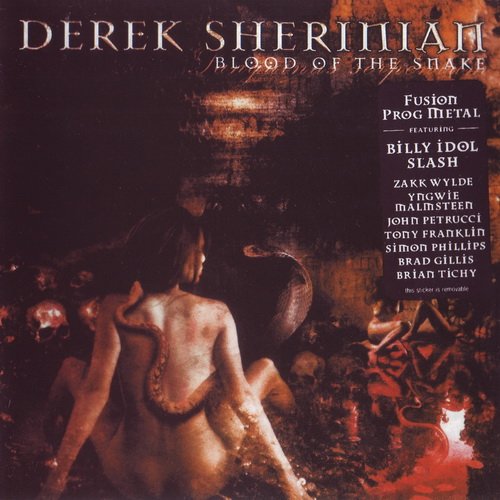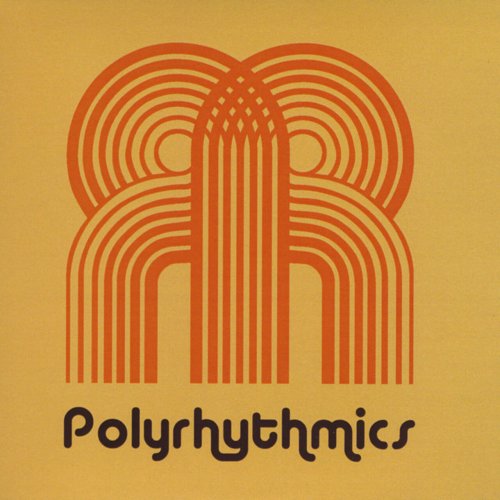Marcus D - Pink Lemonade (2016)
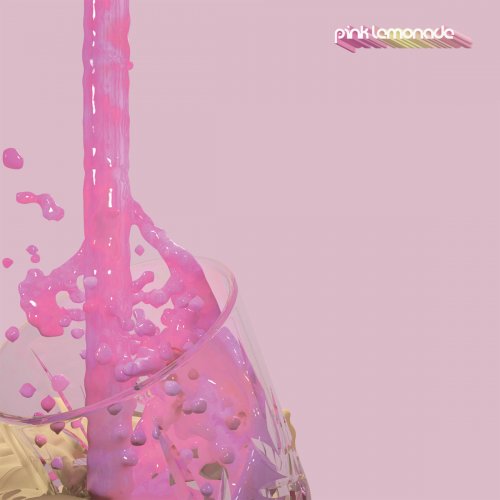
Artist: Marcus D
Title: Pink Lemonade
Year Of Release: 2016
Label: Absolutzero
Genre: Instrumental Hip-Hop, Jazz-Hop
Quality: FLAC (tracks)
Total Time: 28:19 min
Total Size: 174 MB
WebSite: Album Preview
Tracklist:Title: Pink Lemonade
Year Of Release: 2016
Label: Absolutzero
Genre: Instrumental Hip-Hop, Jazz-Hop
Quality: FLAC (tracks)
Total Time: 28:19 min
Total Size: 174 MB
WebSite: Album Preview
1. Azure Dream
2. Pink Lemonade (Interlude)
3. Elevator ft. Art
4. Mantra
5. Blue Jazz
6. Parepare
7. Like Home (Interlude)
8. Lady Luck
Sadao Watanabe, Ryo Kawasaki, Toshiyuki Honda, Casiopea, prism, Hiroshima, Ryuichi Sakamoto...
Miles Davis, Herbie Hancock, Earl Klugh, Dave Grusin, Bob James, Joe Sample, Jeff Lorber, Lonnie Liston Smith, Dexter Wansel, Caldera...
The list of influential American and Japanese jazz-fusion giants is not easily condensed into one short description, but for the sake of explaining the roots of Pink Lemonade, an abridged version of how we arrived at this point in jazz/hip-hop history is necessary.
In the 1960s, fusion was essentially born when jazz artists began experimenting with amplified sound, electronic effects, and synthesizers. Through the late 1970s, Jazz-fusion was a new and uncertain time in jazz's existence. Artists like Bob James (in America) and Ryuichi Sakamoto (in Japan) permeated the mainstream and found widespread commercial success, landing themes for TV shows, movies, and commercials; while other artists created cult classics that continued to push the genre forward, reaching new heights of artistry and experimentalism. The distinct texture of jazz-fusion records are undeniable: warm, soft, melodic, analogue.
Japanese artists like Sadao Watanabe, The Square, and Casiopea brought relaxing, almost tropical vibes to the jazz-fusion repertoire. Electric pianos, upbeat rhythmic drums and percussion, calyptic flute rips, and sounds of the ocean. Pink Lemonade was inspired by all of these things. A futuristic headnod, to some of the funkiest, coolest, and most melodic humans to walk the Earth.
As hip-hop continues to grow and mutate, it's important and fascinating study our stylistic predecessors and remember the musicians who paved the way for the evolution of jazz.
Miles Davis, Herbie Hancock, Earl Klugh, Dave Grusin, Bob James, Joe Sample, Jeff Lorber, Lonnie Liston Smith, Dexter Wansel, Caldera...
The list of influential American and Japanese jazz-fusion giants is not easily condensed into one short description, but for the sake of explaining the roots of Pink Lemonade, an abridged version of how we arrived at this point in jazz/hip-hop history is necessary.
In the 1960s, fusion was essentially born when jazz artists began experimenting with amplified sound, electronic effects, and synthesizers. Through the late 1970s, Jazz-fusion was a new and uncertain time in jazz's existence. Artists like Bob James (in America) and Ryuichi Sakamoto (in Japan) permeated the mainstream and found widespread commercial success, landing themes for TV shows, movies, and commercials; while other artists created cult classics that continued to push the genre forward, reaching new heights of artistry and experimentalism. The distinct texture of jazz-fusion records are undeniable: warm, soft, melodic, analogue.
Japanese artists like Sadao Watanabe, The Square, and Casiopea brought relaxing, almost tropical vibes to the jazz-fusion repertoire. Electric pianos, upbeat rhythmic drums and percussion, calyptic flute rips, and sounds of the ocean. Pink Lemonade was inspired by all of these things. A futuristic headnod, to some of the funkiest, coolest, and most melodic humans to walk the Earth.
As hip-hop continues to grow and mutate, it's important and fascinating study our stylistic predecessors and remember the musicians who paved the way for the evolution of jazz.
